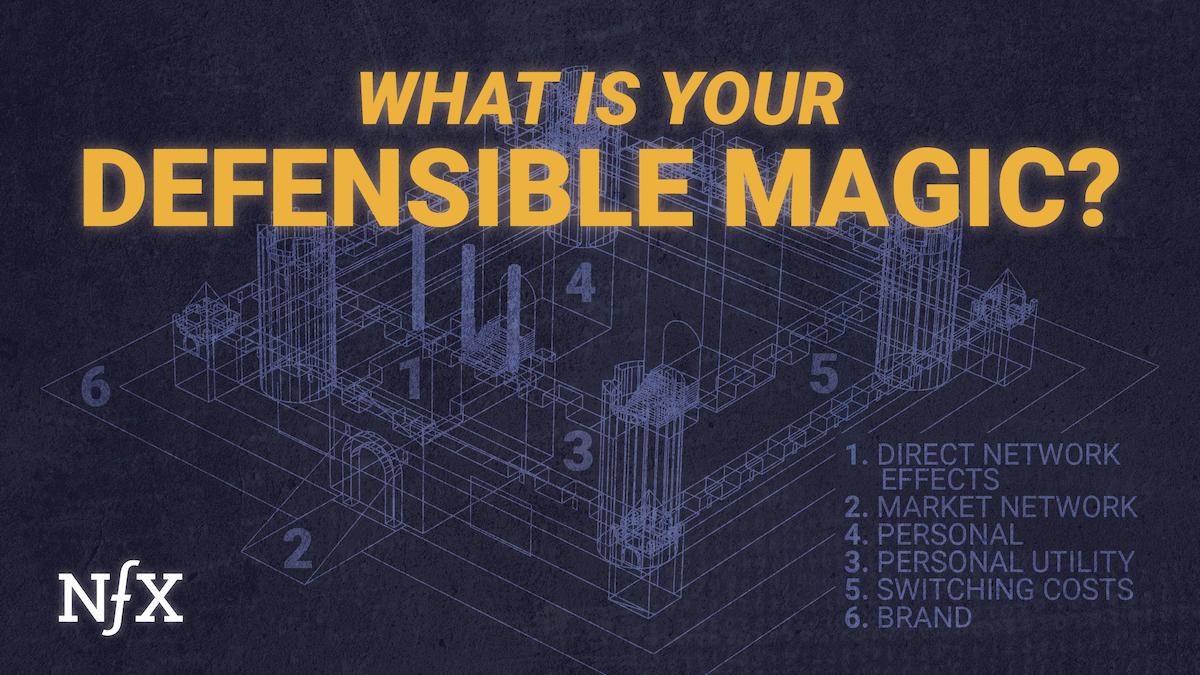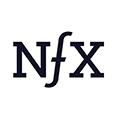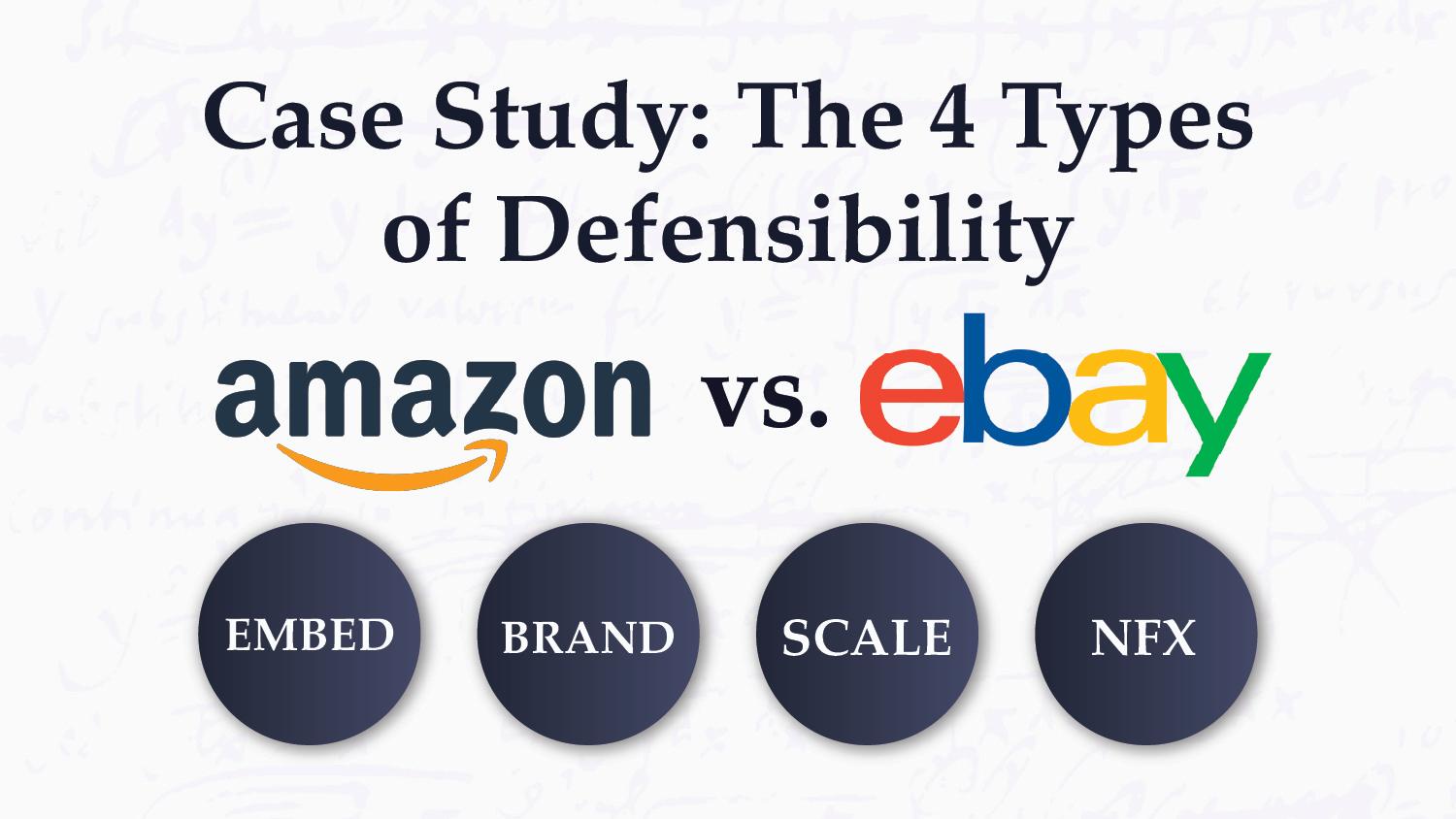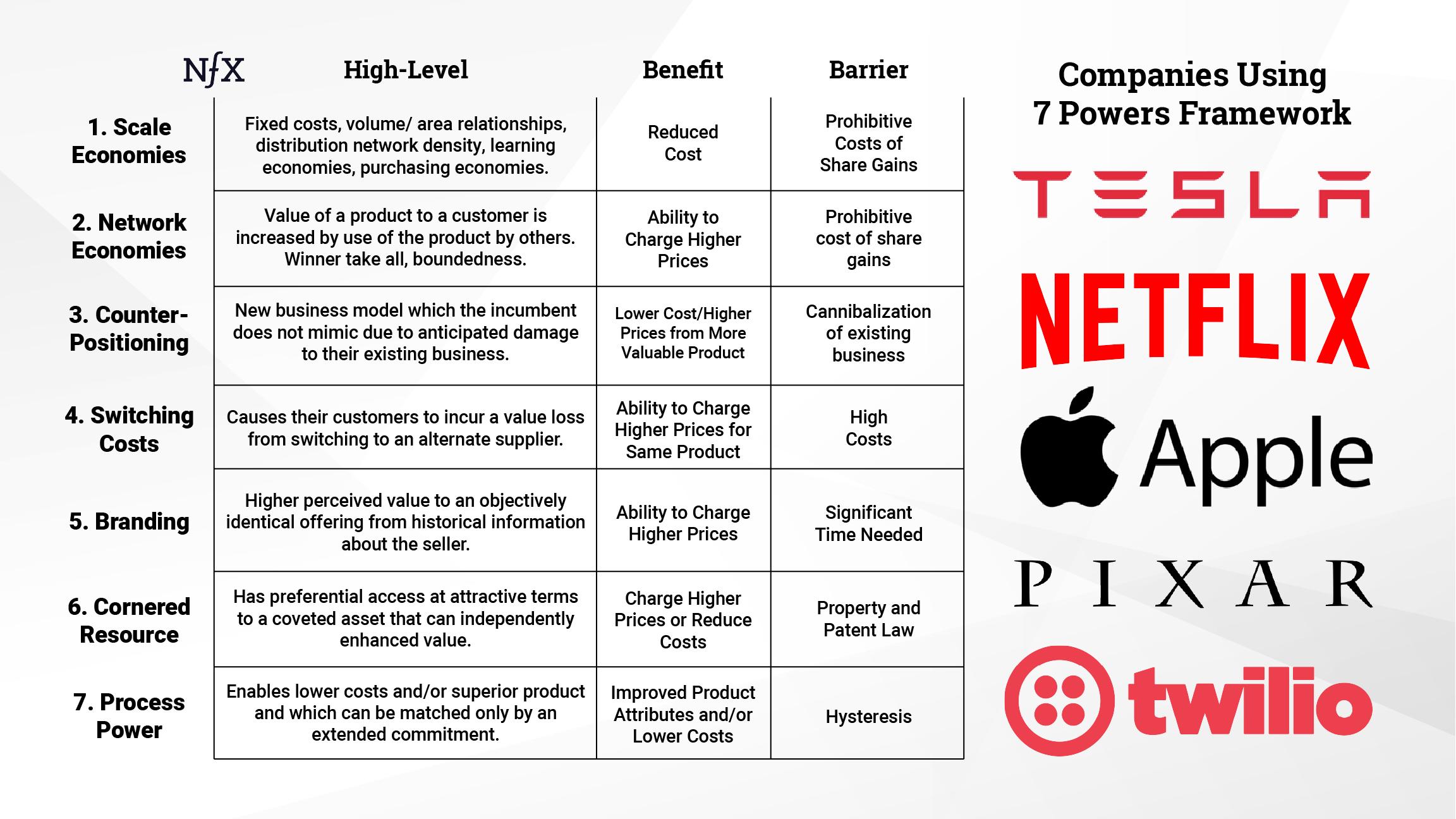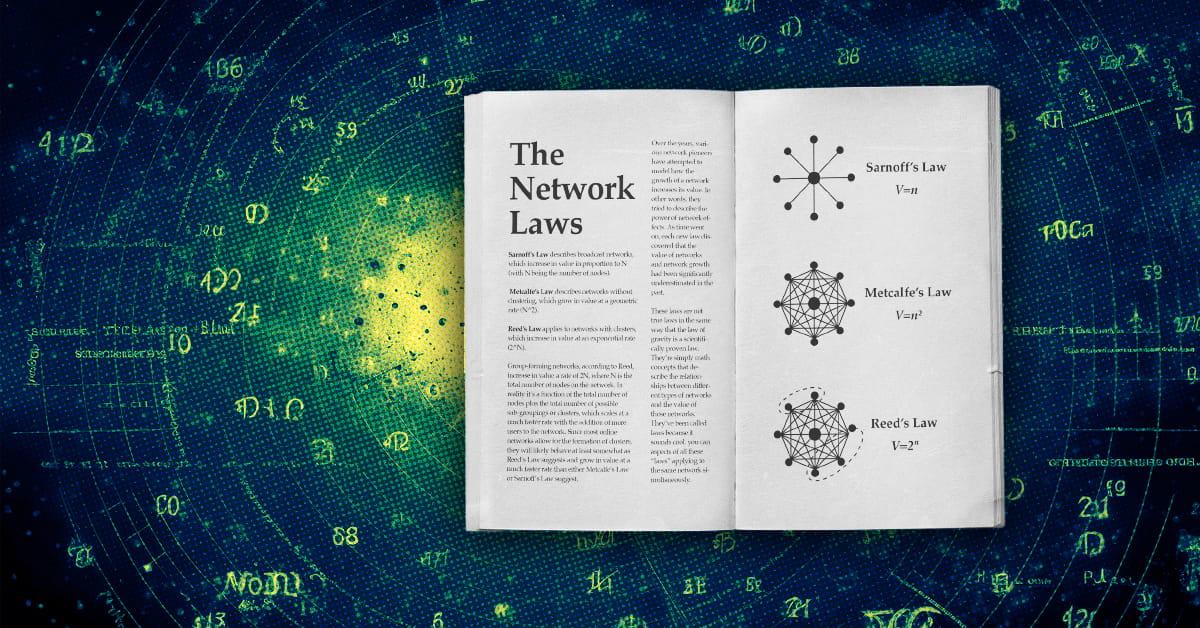Massive impact and value creation almost exclusively accrues to companies with long-term defensibility. Founders of these companies make strategic, proactive moves to outpace the competition.
Today’s top ten market cap companies, Apple, Microsoft, Google (Alphabet), Saudi Aramco, Amazon, Bitcoin, Tesla, Facebook (Meta), NVIDIA, and TSMC are all deeply defensible companies. Surrounded by moats, the Founders, CEOs, and leaders of these businesses intimately understand the questions underlying their defensible magic.
Every Founder needs an answer to this question: What is your defensible magic?
Getting to your answer likely requires a combination of responses to these 41 questions we created — all driving you toward identifying the most defensible parts of your business.
41 Questions Underlying Defensibility
Network effects have emerged as the native defense in the digital world. Fortunately, creating network effects is available to startups from Day One. As such, we consider network effects the most important type of defensibility, and thus, the surest route to value creation.
There are other forms of defensibility too, as we’ve written before and covered with Stanford Professor, investor, and “7 Powers” author Hamilton Helmer. If you’re starting a company, don’t start it until you’ve thought thoroughly about how to design it with one or more of these defensibilities, then think about how every new feature you build could add value to the other users of your product. That way of thinking about business and product design puts you on the path to true defensibility and massive impact and value creation.
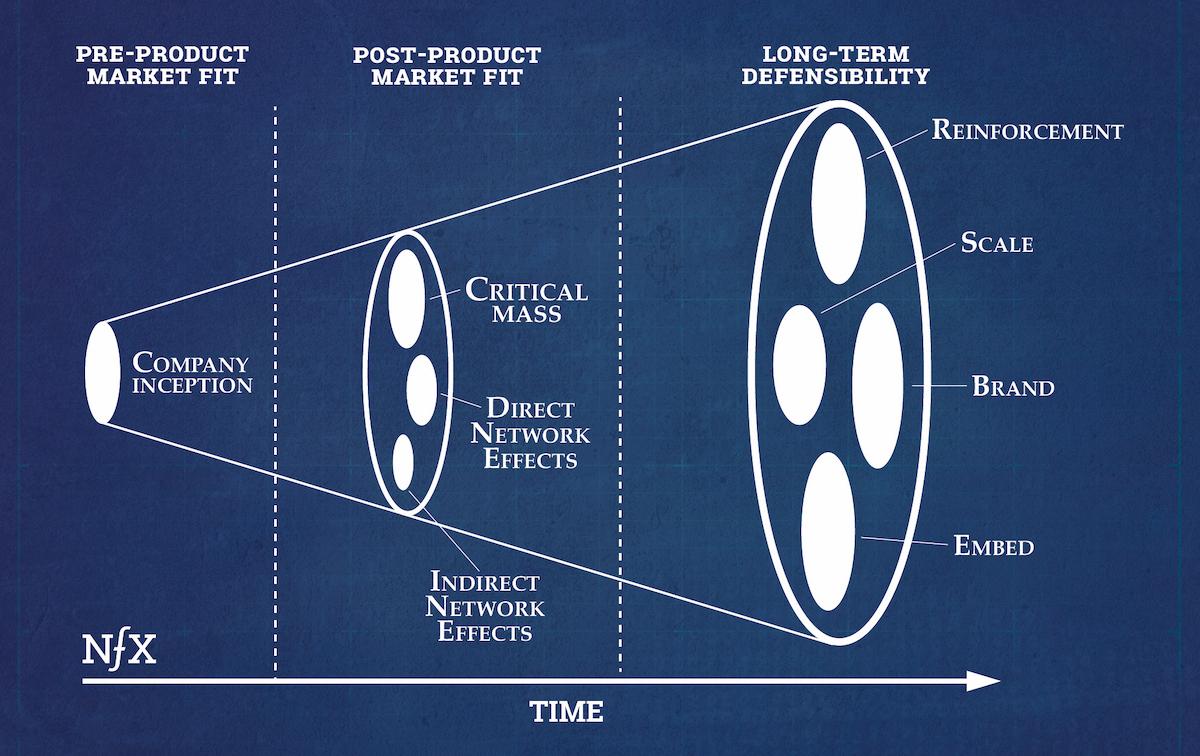

1. Network Effects
Does the value of your product or service increase, decrease, or mostly stay the same as new users join the network?
2. Critical Mass
Does the network animated on top of your product produce more value than your product itself and of competing products?
3. Network Density
Where’s the densest, most active part of your network (i.e. the “white-hot center”)? Are you focusing your product features and language on activating other users to behave more like that group?
4. Asymptotic Network Effects
Do your network effects start to weaken after a certain point in the growth of the network? At what size, does the growth of new users no longer benefit existing users?
5. Direct Network Effects (Network Effects Category)
Does increased usage of your product lead to a direct increase in the value of that product to your users?
6. Physical Network Effects (Direct)
Do you have physical nodes (e.g. telephones or cable boxes) connected by physical links (e.g. wires in the ground)?
7. Protocol Network Effects (Direct)
Does your product or service declare a standard through which information is conveyed or data is processed? (e.g. Bitcoin, fax, ethernet)
8. Identity
Do you require users to create a profile that’s visible to other nodes in the network? Or do you enable users to be anonymous or pseudonymous?
9. Personal Utility Network Effects (Direct)
Is your product or service (1) built on the personal identity of the user, which is usually tied to their real name, a unique number or handle associated with their real-world identity, and (2) is used for some critical function in a user’s life such as errands, work, relationship responsibilities, revenue collection, emergency, safety, or immediacy? (e.g. WhatsApp, Slack)
10. Personal Network Effects (Direct)
- Is the personal identity and reputation of your users at stake in your network? (e.g. Facebook, LinkedIn, GitHub)
- Do you enable your users to create and maintain a public image?
- Is it very difficult for your users to leave your network since it’s tied to their most important IRL relationships?
11. Market Network (Direct)
- Are you combining the main elements of both Personal Direct Networks and 2-Sided Marketplaces, as well as being many-sided as opposed to 2-sided — often with the addition of a dedicated SAAS workflow software? (e.g. AngelList, HoneyBook)
- Are you enhancing a network of professionals that already exists offline?
- Are you targeting a complex professional service?
- Do you promote the service providers in your network as a differentiated individual, not a commodity, helping them to build long-term relationships through your product or service?
12. 2-Sided Network Effects (Network Effects Category)
Do you have two different classes of users (i.e. supply-side and demand-side users) which come to the network for different reasons and produce complementary value for the other side?
13. Indirect Network Effects
- Does the value of your network increase as a result of one type of node benefiting from another type of node directly, but not directly benefiting the other nodes of its same type?
- (For example, same-side nodes indirectly benefit each other because they create an increased incentive for complementary users on the other side of the network to use the network, which in turn benefits all the nodes on the same side.)
14. Asymmetry
- Which side, or type of node in your network, is harder to acquire than the other? (This applies mostly to marketplaces, whether they’re 1, 2, 3, or N-Sided.)
- Is there asymmetry within a side or within a type of node, such that some demand or supply is more difficult to acquire than other demand or supply?
- Is it relatively harder to acquire the higher value nodes in the network on the supply and/or demand side?
15. Same-Side Network Effects
Does value increase, decrease, or mostly stay the same for users when more users are added to their side of the network? (These can occur on one or both sides of a 2-sided or N-sided network.)
16. Cross-Side Network Effects
Is there a direct increase in value to users on one side of a network by the addition of users to another side?
17. Chicken-or-Egg Problem
- If the users on a network produce the majority of value for other users, how do you get the first users to join?
- Can you give some sort of initial value to the users on one side of the network, which is independent of the complementary value that results from the other side of the network being there?
18. Multi-Tenanting
Are there low or no costs to simultaneously participating in competing networks at the same time?
19. Disintermediation
- How often do your users take future transactions off the network to transact directly with an opposite-side user they’ve worked with in the past? (This is a vulnerability that mostly applies to Marketplaces and Market Networks.)
- Do you provide tools, reputation, insurance, compliance, leads, or other incentives to keep your users on the network?
20. Homogeneous vs. Heterogeneous Networks
How easily interchangeable are the nodes in your network? (For example, Uber/Lyft drivers are highly interchangeable.)
21. Marketplace (2-Sided)
- Do you have two classes of users (i.e. supply-side and demand-side users) which provide direct value to each other through the marketplace, which is the intermediary?
- Do users on either or both sides of the marketplace multi-tenant (i.e. simultaneously use competing marketplaces)?
- Do users in the marketplace collude with opposite-users they’ve worked with in the past to transact directly for future transactions (i.e. disintermediation)?
22. Platform (2-Sided)
- Do you have two sides (i.e. developers on the supply side and users on the demand side) with very different interests that directly benefit each other? (e.g. Microsoft OS, iOS, Android)
- Does the supply side engineer products that are only available on the platform?
- Does the sales method matter more for growth than if you have had a 2-sided marketplace?
- Do users on either or both sides of the platform multi-tenant (i.e. simultaneously use competing platforms)?
23. Asymptotic Marketplace (2-Sided)
- How quickly do you experience steeply diminishing returns with increased supply? (e.g. For Uber/Lyft, the value of increased supply diminishes drastically around the 4-minute mark — from ordering a ride to the driver arriving to pick you up.)
- How fast does the value to the demand side increase as supply increases, and how strong do the network effects get when critical mass is reached (i.e. value curve)?
- How often do you observe your users multi-tenanting?
24. Expertise (2-Sided)
- Does your product or service require specific know-how for using it? (e.g. Quickbooks, Salesforce, HubSpot)
- Do job seekers and other professionals develop expertise in your product or service because it has such wide adoption that they can list it on their resume and/or use it as a selling point in the labor market?
- Do the switching costs for not using your tool compound as a function of the collective effort it would take the entire industry to learn a new standard tool or protocol?
25. Data Network Effects
- Does your product value increase automatically as more data is added?
- Is your data capture from customer usage automatic?
- Is the minimum threshold for the amount of data needed before the product starts providing value high?
- Does the value of incremental data asymptote quickly?
- Is the value created by the data central to the product value?
- Is the value created by the data perceived by the customer as valuable, such that it’s a key factor in why they chose your product instead of others?
26. Tech Performance Network Effects
- Does the technical performance of your product directly improve with an increased number of users? (e.g. BitTorrent, VPN providers)
- Is your product faster, cheaper, and easier to use because of increased usage, not a byproduct of increased revenue or data?
27. Social Network Effects (Network Effects Category)
Do your users add value to each other by influencing existing and potential users to think or feel differently?
28. Clustering
Does your product allow for the formation of clusters, such that the network value can be calculated as V=2^n (Reed’s Law) instead of V=n (Sarnoff’s Law) or V=n^2 (Metcalfe’s Law)?
29. Belief (Social)
- Is belief in the value of your product self-reinforcing, such that the more people who believe in its value, the more valuable it actually becomes? (e.g. Bitcoin)
- Are there big social consequences for not believing in the value of your product (i.e. social costs of not subscribing to group think)?
30. Tribal (Social)
- Is the community created by your product (i.e. tribe) presented as an ingredient of a person’s identity, part of how that person is perceived by others?
- Are network members within your tribe taught to be intentional about building the value of the tribe by:
a. Adding value to other tribe members,
b. Defending the tribe’s reputation,
c. Receiving value from the tribe members, and
d. Growing the tribe. - In contrast to the in-group of your tribe, is there an out-group that the tribe is actively NOT? A different group, a rival, an enemy, a force to be fought.
- Is there a perception of higher-status attributes of members of your tribe, creating prestige and pride?
- Have the members of your tribe endured shared hardship or adversity, such as training for the marines, studying for tests in college, founding a company, or going through a boot camp of some kind?
- Did your tribe network members overcome a barrier to get into the tribe? Is there a believable reason for your users’ inclusion, and some demonstration of their worth or “fitness” for inclusion?
- Is there a period when your network members worry that they won’t “get in”?
31. Language (Social)
- Did you help create a name for a business category, and are you also known as #1 in that category? (e.g. Bitcoin, Lite Beer)
- Is your company name also used as a socially-accepted verb for completing the user behavior your product supports? (e.g. “Googling” for search, “Ubering” for ride-sharing)
32. Bandwagon (Social)
- Is there mounting social pressure for users to join your network — causing people to feel like they don’t want to be left out? (e.g. Apple, Slack)
- If you have bandwagon network effects, at what point will too many people have joined your movement, such that you increase the likelihood that early adopters will abandon because your group has become too mainstream?
33. Negative Network Effects
- Does increased network usage or greater network size decrease the value of the network?
- Do you have network congestion as usage increases? (e.g. Uber Surge Pricing, Ethereum Gas Fees.)
- Do you have network pollution as the network size increases? (e.g. Facebook news feed polluted with undesired content from acquaintances or family members)
34. Retention
- Is your network increasing in usage, or just in overall size?
- How often do your users return to use your product?
35. Scale Economies
Does your per-unit production cost decline as volume increases?
36. Switching Costs
Do your users/customers integrate your product or service into their daily lives or operations, such that it would require significant time, money, resources, or energy to rip you out and replace you with a competitor?
37. Brand Power
- Does your product or service have a higher value compared to an objectively identical offering, which arises from historic info about you as a high-quality seller?
- Do you have a well-established brand identity, which would trigger psychological switching costs for users leaving your product or service for a lesser-known brand?
38. Counter Positioning
Are you adopting a new, superior business model which the incumbents are not mimicking due to anticipated damage to their existing business?
39. Cornered Resource
Does your business have preferential access at attractive terms to a coveted asset that can’t be taken away from you?
40. Process Power
Do you have a complicated set of activities embedded within your organization that (1) would be terribly difficult for a competitor to replicate internally in their own organization, and (2) enables lower costs and/or a superior product?
41. Reinforcement
In what order are you reinforcing your sources of defensibility? (e.g. network effects, switching costs, scale, brand)
Defensibility Adds The Most Value
Value creation mostly accrues in the out-years — when usage, revenue, and growth compounds. In order to capture all of the compounding value in your business, you need to position for defensibility.
Winning Founders design for increasing returns at scale. As you get bigger, you’re also getting more valuable than the competition, compounding your lead with ever-expanding moats.
As Founders ourselves, we respect your time. That’s why we built BriefLink, a new software tool that minimizes the upfront time of getting the VC meeting. Simply tell us about your company in 9 easy questions, and you’ll hear from us if it’s a fit.
